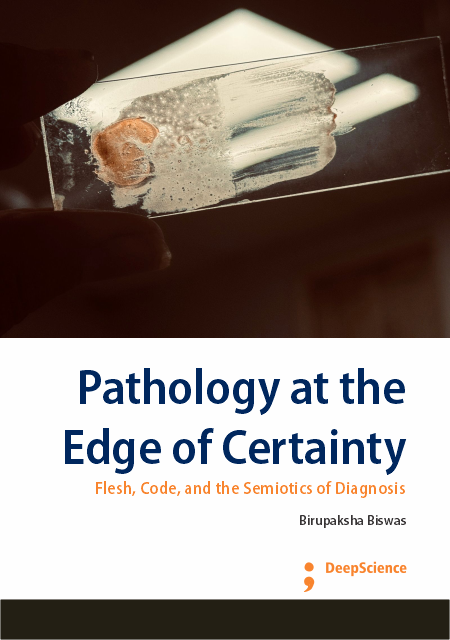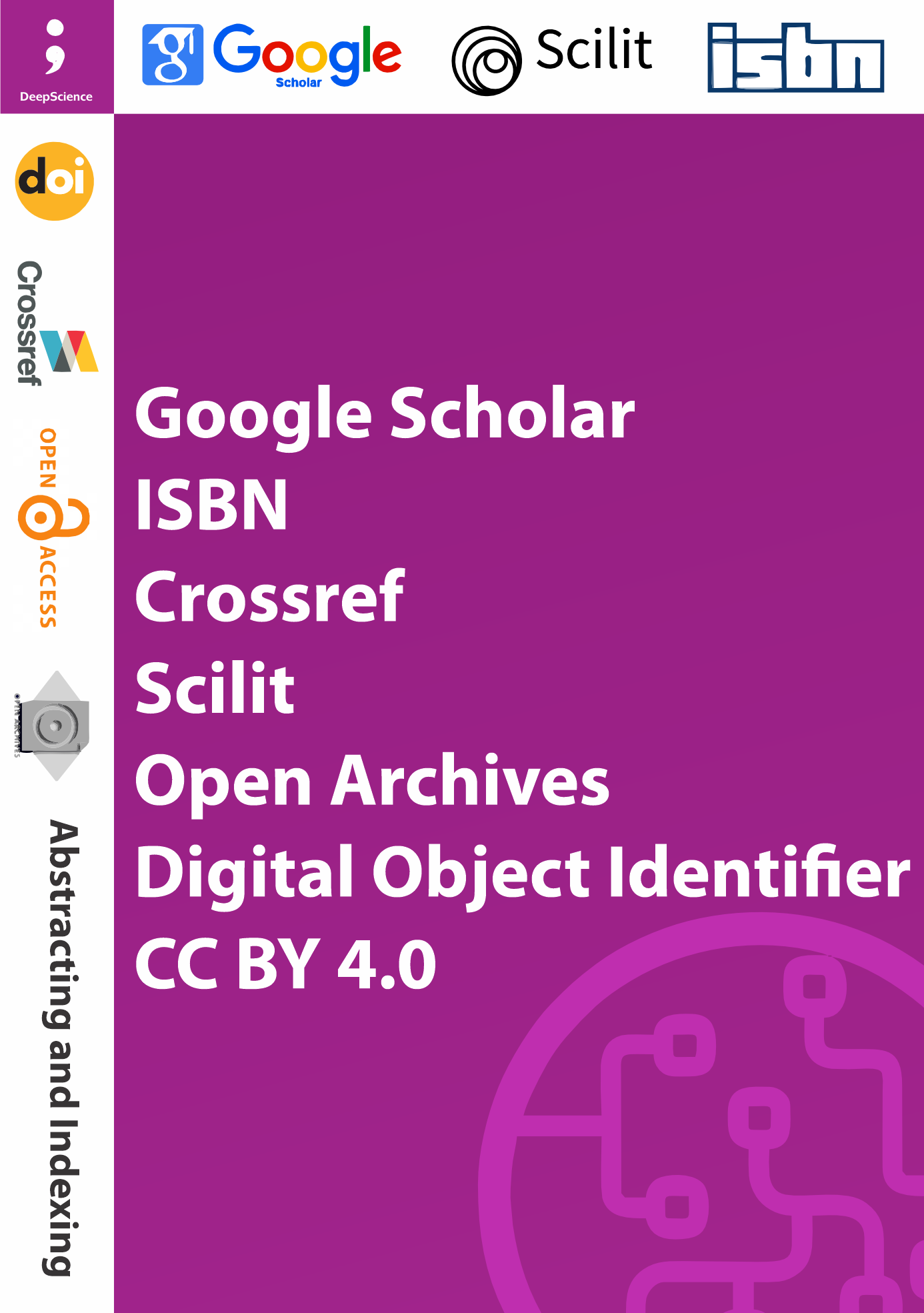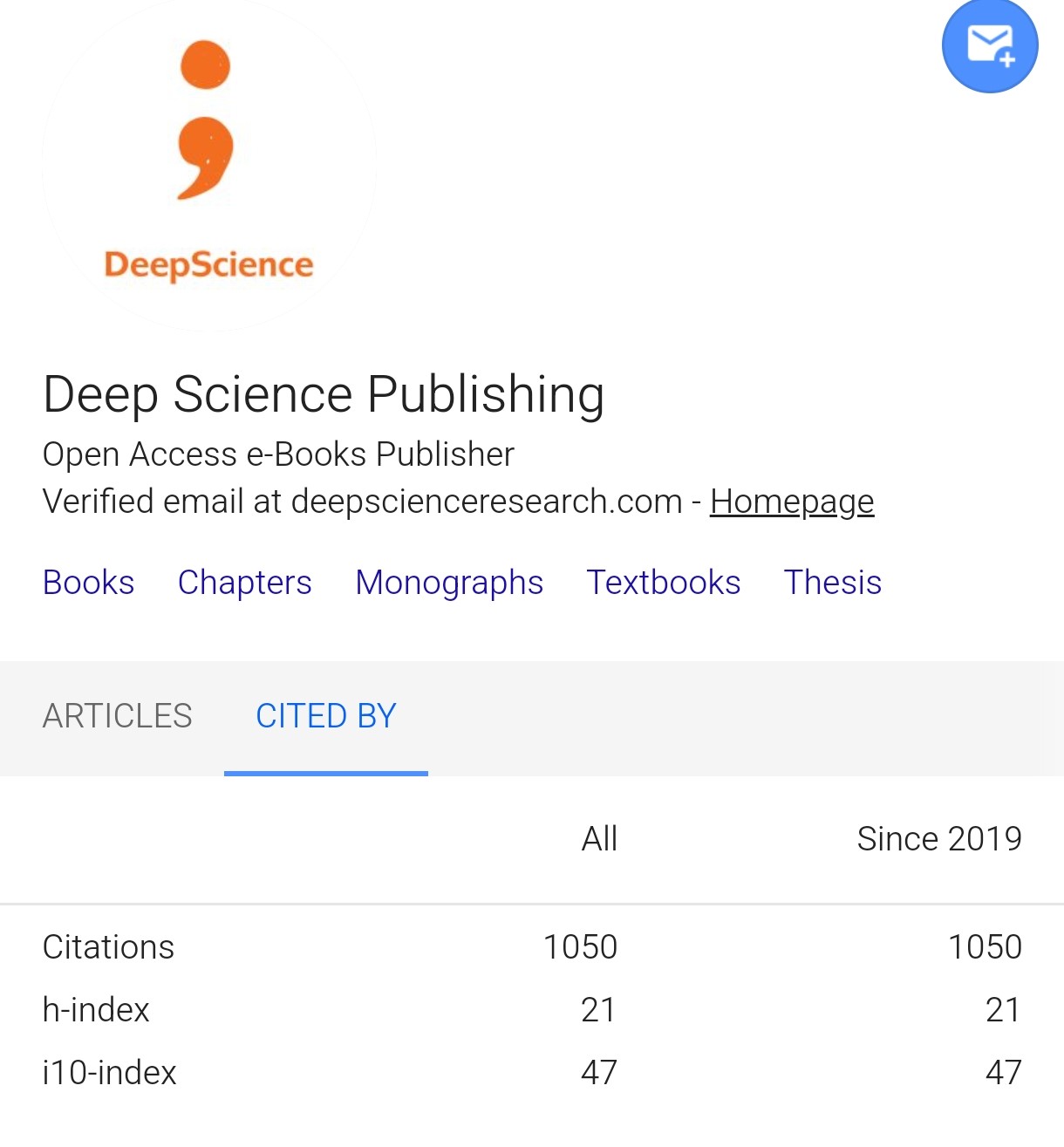Pathology At the Edge of Certainty: Flesh, Code, and the Semiotics of Diagnosis
Keywords:
Pathology, Digital Pathology, Diagnosis, Immunohistochemistry, Genomics, Molecular Pathology, PrognosisSynopsis
Pathology has long been a discipline suspended between visibility and obscurity, an art of extracting intelligibility from the silent mutterings of tissues. To incise, to stain, to digitize, to sequence, these are not merely techniques but ritual gestures through which disorder is rendered interpretable. Yet what pathology produces is never pure truth, but a mediated translation, a provisional rendering of the biological into the semiotic. The cell, the nucleus, the chromatin granule: each appears as an emblem to the eye, but each resists finality, slipping away into interpretive ambiguity the closer one attempts to grasp it.
The nineteenth-century pathologist relied upon gross inspection and rudimentary dyes, believing that morphology itself was destiny. The twentieth century elaborated this grammar into histochemistry, electron microscopy, and immunohistochemistry, embedding within our craft the conviction that colorimetric stains and antibodies could stabilize meaning. But the twenty-first century has dissolved such stability. Next-generation sequencing has flooded our discipline with torrents of data, revealing mutational architectures of disease at single-base resolution, while spatial transcriptomics has reintroduced the geography of expression, situating genes not merely as abstractions but as occupants of precise microanatomical niches. Digital pathology has transformed slides into gigapixel matrices, to be parsed not only by human eyes but by convolutional neural networks trained on thousands of diagnostic exemplars. The laboratory is no longer defined by its microscopes alone; it is also a data centre, a hub of algorithms, a crucible in which flesh becomes code.
And yet, with every new instrument of precision, pathology discovers its new uncertainties. Sequencing yields variants of unknown significance, exquisite in detail but impoverished in interpretation. Artificial intelligence classifies patterns with uncanny speed, but its inner logics remain opaque, inviting both wonder and distrust. Spatial genomics reveals neighbourhoods of cellular discourse, but the language of these interactions is not yet fully decipherable, resembling more a constellation of whispers than a transcript of intent. The dream of certainty, of a seamless translation from lesion to truth, recedes ever further even as resolution sharpens.
The reader will find in this volume not a handbook of protocols, but a meditation on what it means to diagnose in the age of data deluge. The chapters trace how pixels become prognosis, how gigabases of sequence intersect with the delicate geometries of histology, how autopsy in the molecular era acquires an afterlife of interpretation. Here, pathology is no longer only a science of morphology, but an epistemology that straddles histology, bioinformatics, systems biology, and machine learning. It asks: what is a slide when it is also an image dataset? What is a cell when its signature can be reduced to both morphology and transcriptome? What is a prognosis when it emerges not from the intuition of the pathologist alone but from the fusion of human judgment and algorithmic inference?
To engage pathology today is to navigate a terrain where biological tissue, digital pixels, and molecular codes interpenetrate. Certainty does not reside in any of these alone; it resides, if at all, in the fragile interpretive act of weaving them together. Pathology at the edge of certainty is therefore pathology as translation, between matter and data, between noise and meaning, between death and its decipherment. And in that act of translation lies not finality, but an unending search, a discipline defined by its humility before complexity and its persistence in rendering the obscure slightly more legible.
References
Baudrillard J. Simulacra and Simulation. University of Michigan Press; 1994.
Eco U. A Theory of Semiotics. Indiana University Press; 1976.
Pantanowitz L, Sharma A, Carter AB, Kurc T, Sussman A, Saltz J. Twenty years of digital pathology: An overview of the road travelled, what is on the horizon, and the emergence of vendor-neutral archives. J Pathol Inform. 2018;9:40.
Campanella G, Hanna MG, Geneslaw L, Miraflor A, Silva VW, Busam KJ, et al. Clinical-grade computational pathology using weakly supervised deep learning on whole slide images. Nat Med. 2019;25(8):1301-9.
Lu MY, Williamson DF, Chen TY, Chen RJ, Barbieri M, Mahmood F. Data-efficient and weakly supervised computational pathology on whole-slide images. Nat Biomed Eng. 2021;5(6):555-70.
Niazi MKK, Parwani AV, Gurcan MN. Digital pathology and artificial intelligence. Lancet Oncol. 2019;20(5):e253-e261.
Dolezal J, Zeman M, Hanzelka M. Artificial intelligence in histopathology: Current trends and future perspectives. APMIS. 2021;129(5):259-71.
Gillies RJ, Kinahan PE, Hricak H. Radiomics: Images are more than pictures, they are data. Radiology. 2016;278(2):563-77.













